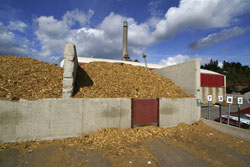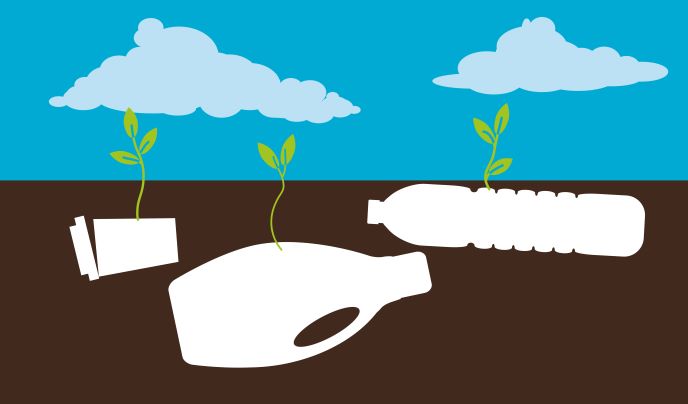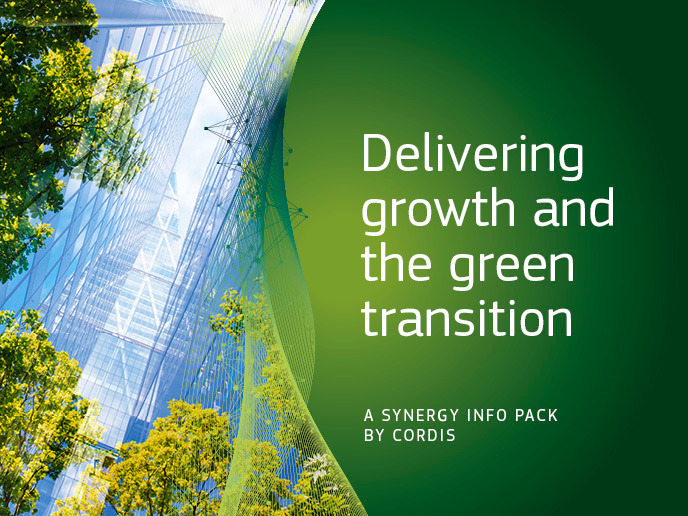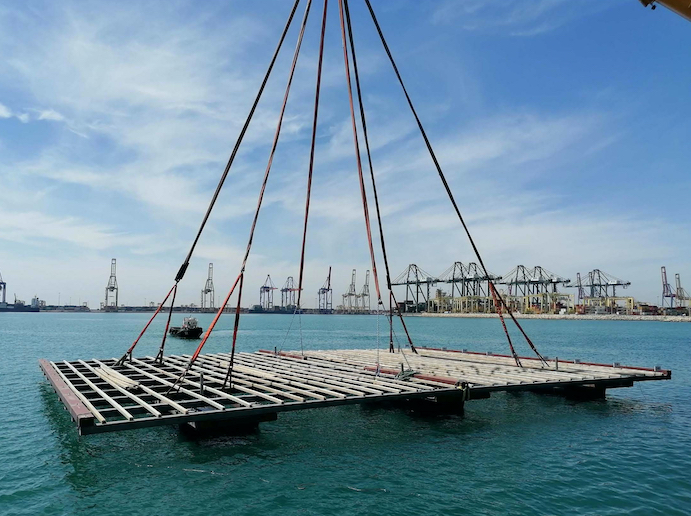Co-firing combinations
The economic focus during the 21st century is dominated by the energy sector, and Europe aims to be at the forefront of the industry with a sustainable, eco-friendly approach in mind. The EU-funded project 'Synergy effects of co-processing of biomass with coal and non-toxic wastes for heat and power generation' (Copower) aimed to play an important role in this direction. The project looked at optimising waste disposal and exploiting biomass in an environmentally friendly way to improve energy generation To achieve its aims, Copower evaluated biomass resources in Italy, Portugal and Turkey. It identified technical and economic barriers for using biomass and other wastes for energy. The project endeavoured to analyse fuel systems, investigate fuel mixes and characterise wastes for their energy potential to develop the most ideal mix of waste and fuel (co-firing). This involved looking into limits of these synergies, as well as slagging, fouling, and ash behaviour during combustion. The project examined the fuel supply for co-firing to optimise combustion processes minimise environmental consequences and improve economic considerations. It conducted co-firing tests using fluidised beds which offer the versatility required to deal with different fuels at the same time. Apart from analysing the supply chain, the project team conducted tests on different waste materials and combinations involving coal, straw, bone meal and sewage sludge. It closely examined fuel volatility, char combustion, ash behaviour, emissions and environmental toxicity, conducting numerous co-firing tests to identify the most efficient blends. Copower also conducted environmental impact and socioeconomic assessments, in addition to looking at storage considerations and undertaking a market analysis. Another important project achievement was the formulation of a database outlining data on the various fuels related to the project and variations in different countries. Project results also listed positive synergies achieved during co-firing tests, which could be very valuable to further the technology. In combination, all the data and results of the project have the potential to yield new co-firing energy systems that could be of great benefit to the world's energy needs.







